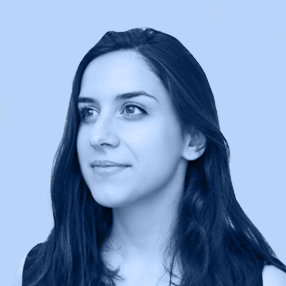Lucie Palombi is an architect graduated from the Versailles School of Architecture (France). She participates in the individualized PhD program in architecture at the Université de Montréal under the direction of Jean-Pierre Chupin, and questions in her scientific project the definition and aims of award-winning writing in architecture. She participates in the master’s degree course in architecture Langages et Écritures du projet architectural (Faculty of Design, Université de Montréal) as a teaching assistant.
Thesis title: The Textuality of the Professional Project in the Context of Architectural Competitions
At the crossroads of two seemingly disjointed disciplines – architecture and writing – lies textuality. While text may seem secondary to the practices of drawing and modeling, writings by architects have come down to us since the earliest antiquity. Some of them have even become literary monuments: De l’architecture (Vitruvius, 15 B.C.), L’art d’édifier (Leon Battista Alberti, 1485), L’architecture considérée sous les rapports de l’art, des mœurs et de la législation (Claude-Nicolas Ledoux, 1804), or Vers une architecture (Le Corbusier, 1923) – one of the most widely read books of the 20th century – all published by major literary publishers. The architectural discipline has a considerable production of books, including treatises, manifestos, monographs, texts presenting projects, novels and autobiographies. There are even prizes that underline the excellence of architectural works: the Grand Prix du Livre de la Ville de Briey, the Book Prize of the Academy of Architecture, the Alice Davis Hitchcock Prize, or the DAM Prize (Deutsches Architecktur Museum). Architectural textuality is doubly in competition: sometimes the text accompanies the architectural project in a competition situation; other times, textuality is the very object of the competition.
In this thesis, we seek to understand the nature of textuality in architecture, or, more precisely, the attributes of writings by architects – whose primary role is apparently to design buildings with drawing – or image – as the preferred tool. What characterizes writing in architecture? What does textuality seek to fill? Can we identify a kind of architectural identity conveyed by text alone? The objectives of our research project are the following: (1) Contribute to a theorization of award-winning writing (2) Refine knowledge about textuality in architecture. Our scientific approach will be essentially hermeneutical and comparative. Discursive analysis will use the capacity of representation in architecture to separate text and image.

